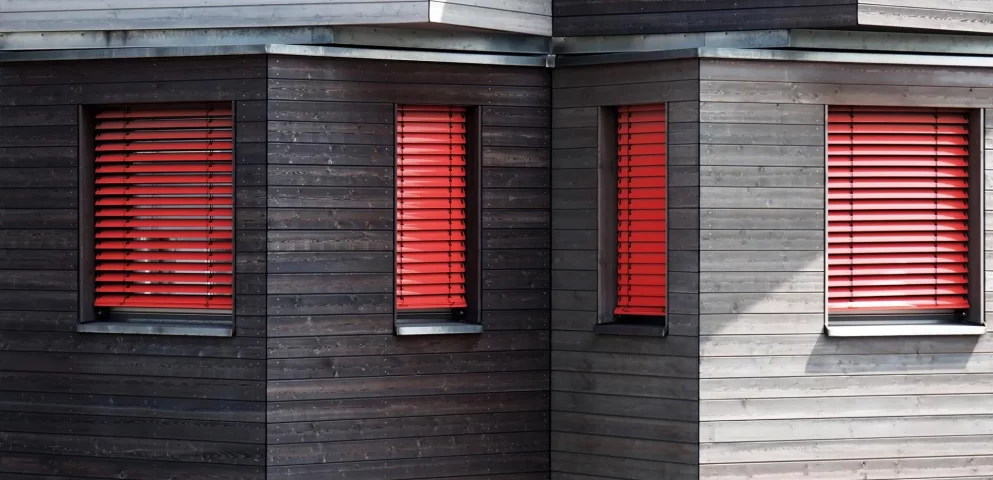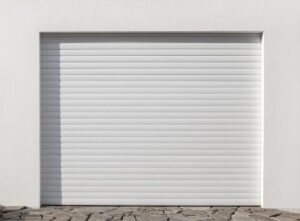The primary mechanism of roller shutters is that they can be raised or lowered by sliding or rolling along tracks. Some people call these tracks guide channels, and the slats of the shutter are gathered inside a compact box over the doorway as they roll up to open the shutter.
The placement of this box, called the internal face fix, is usually on the door’s interior side.
A roller shutter is an excellent solution for improving the security of a building. These shutters are composed of interconnected strips of insulated, double-layered aluminium.
A roller shutter can be a great look on a building once installed, and they are also excellent at preventing intruders or vandals from gaining access to vulnerable points.
There are other fixes available, but none are more secure than roller shutters. When they are closed, they lock very firmly, and you cannot open them without the key. If you have questions about how roller shutters work, here are the basic components and their role in the unit.
Cheek Plate
These are sometimes called the finish plates or endplates. We use them to hold the roller shutter in position/ Cheek plates are secured to the building and bear the full weight of the shutter and its components.
Bearing/U-Cup
This component helps maintain the barrel movement by fitting onto the cheek plate when there is no security break.
Guides
The mechanism includes two aspect guides, which provide pathways for the shutter to follow. They take the shape of the letter ‘U’.
Flag Post
This is a support for the cheek plate, and we weld them onto the top guide. The flag post’s angle is to assist the shutter installation with some additional support for the load.
Roller assembly
This controls the shutter curtain, supported by the cheek plates at every finish. It consists of a steel tube with a hollow motor that rotates the roller to raise/lower the curtain.
Tubular Motor
This is a hollow motor installed in the barrel assembly at the top of the shutter. You will find a motorhead that incorporates a manual override (if such a function is built-in). You will also find an electric wire feed and limit switches to manage maximum travel space for the curtain.
Curtain
This is the part that shuts off the region between the two guides. It is made from robust steel or metallic slats that join along. The curtain consists of tubing and link grille squares, supported by horizontal rods for extra strength.
Bottom rail
This part makes up the bottom section of the curtain. It usually has an ‘L’ or ‘T’ shape with extreme rigidity and aids in the provision of additional security.
Safety Brake
This helps secure the shutter’s descent, kicking in if the motor fails. It is a safety feature and must be replaced or reset if activated.
Canopy Cowl
Also known as the hood, this is an optional feature. It is deployed to shield the curtain and barrel from dirt and the elements.
Contact d-bLINDS
d-bLINDS in Toowoomba have more than 60 successful years in the window furnishing business so that you can put your faith in us. We offer high-quality products, competitive prices and superb customer care. Get in touch to speak to our friendly team and learn more.








